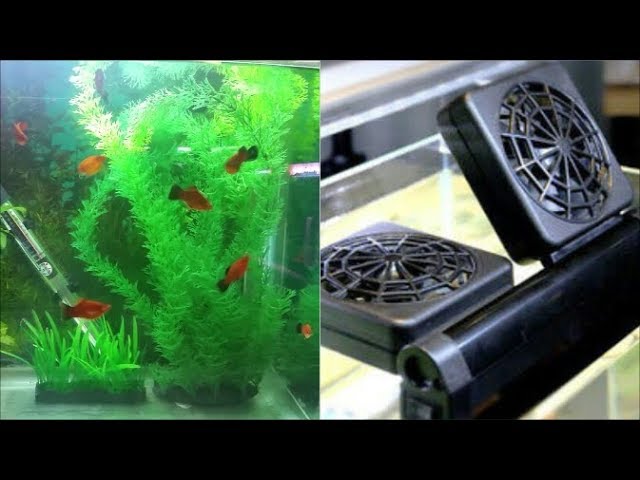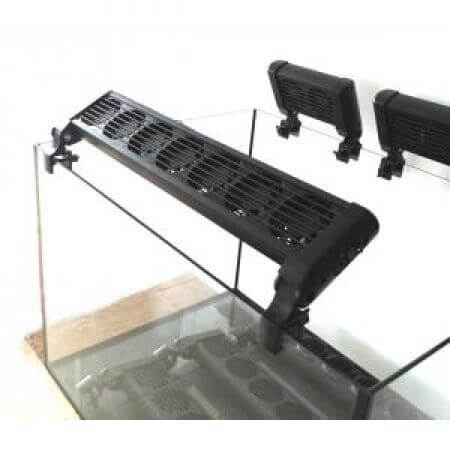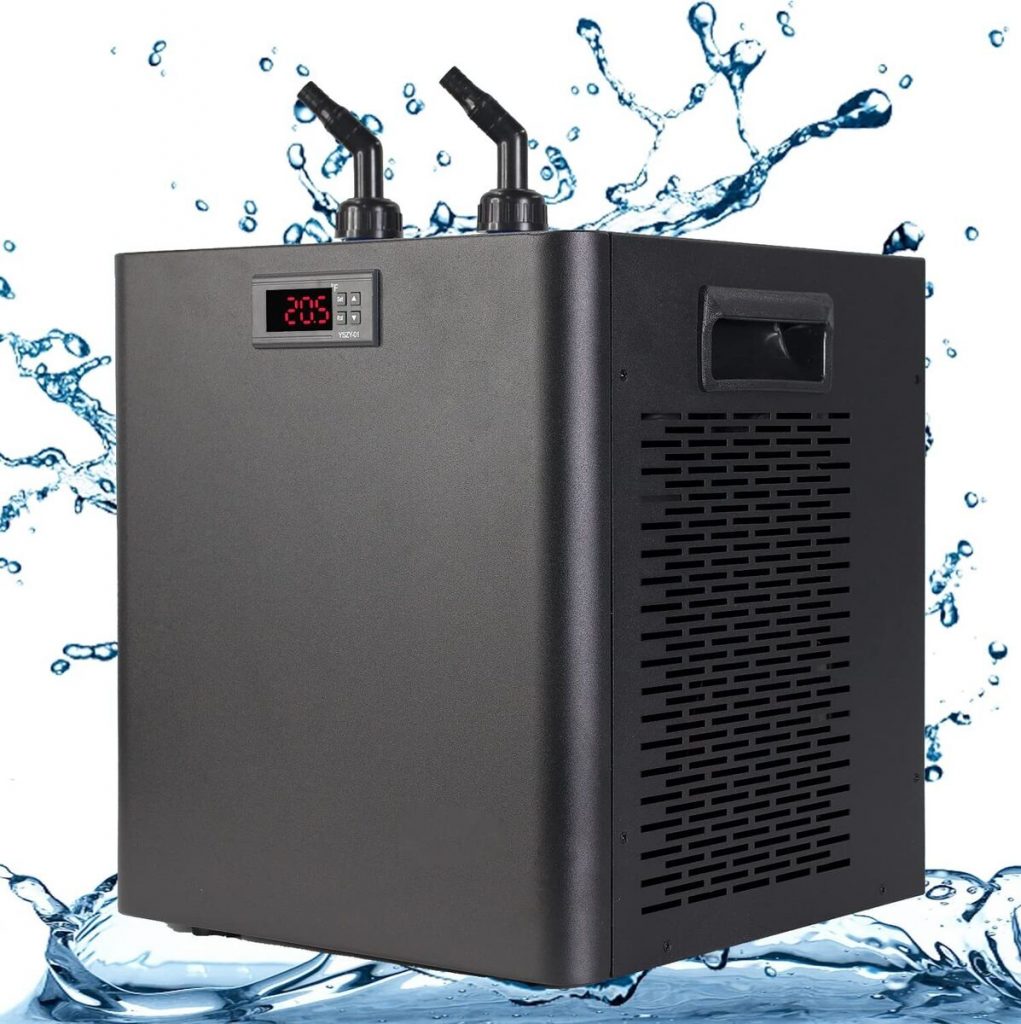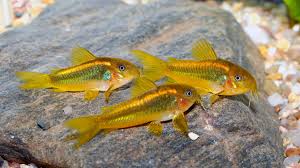
Tuesday 8th August 2025
Keeping Your Cool: How to Prevent Your Aquarium Overheating This Summer
As the British summer finally delivers a proper spell of hot weather, many of us are enjoying the sunshine. But while we’re slapping on the sun cream, our aquatic pets might be feeling the heat in a much more dangerous way. Aquarium water temperature can rise rapidly in a warm room, and for our fish, shrimp, and corals, this can be incredibly stressful and even fatal.
An overheated tank suffers from dangerously low levels of dissolved oxygen, while the metabolism and stress levels of your fish go through the roof. So, before your thermometer creeps into the red zone, let’s look at the best ways to keep your aquarium cool, from free and easy tricks to high-tech solutions.
Method 1: The Simple & Free Fixes
Before you spend any money, these basic steps can make a surprising difference, especially during a mild heatwave.
- Turn Off or Reduce Lighting: Your aquarium lights, especially powerful LED units or older T5/T8 fluorescent tubes, generate a significant amount of heat that transfers directly to the water. Reduce your lighting period by a few hours or, if the tank isn’t in direct sunlight, turn them off completely during the hottest part of the day.
- Open the Lid: If you have a lid or condensation tray, opening it up or removing it completely allows trapped heat to escape. This also improves gas exchange at the surface.
Pros:
- Completely free and easy to implement immediately.
- Can lower the temperature by a degree or two.
Cons:
- Increased Evaporation: You will need to top up your water level more frequently. Remember to use dechlorinated or RO water to avoid a build-up of minerals.
- Jumping Fish: An open-top tank poses a risk for notorious jumpers like killifish or hatchetfish. You might consider using a mesh DIY lid as a compromise.
Method 2: The Fan Favourite – Evaporative Cooling

This is arguably the most effective and popular low-cost method for actively cooling a tank. The principle is simple: as water evaporates, it takes heat energy with it, cooling the remaining water. A fan blowing across the water’s surface dramatically speeds up this process.
You can use a standard household desk fan pointed at the surface, or purchase a set of purpose-built aquarium cooling fans that clip neatly onto the rim of your tank.
Pros:
- Very Effective: This method can easily lower your tank’s temperature by 2°C−4°C, which is often enough to get through a UK heatwave.
- Relatively Cheap: A small desk fan or clip-on aquarium fan is an affordable investment.
Cons:
- Major Evaporation: This is the biggest drawback. You will see a significant drop in your water level each day, requiring diligent top-ups.
- Noise: Depending on the fan, it can add a bit of background noise to your room.
Method 3: The Emergency Ice Method
When the temperature is climbing fast and you need an immediate fix, ice can be a lifesaver.
The key is to cool the water slowly and steadily. Never drop ice cubes made from tap water directly into your tank; this can cause a rapid, stressful temperature shock and alter your water parameters. Instead, use one of these safer methods:
- Frozen Water Bottles: Take one or two plastic water bottles, fill them with water, and freeze them. You can then float the sealed, frozen bottle in your aquarium or sump.
- Sealed Bags of Ice: A ziplock bag filled with ice cubes works in the same way.
Pros:
- Excellent for Emergencies: A great way to quickly intervene if you see the temperature soaring.
- Free: Uses items you already have in your home.
Cons:
- Temperature Swings: It’s difficult to maintain a stable temperature as the ice melts. The rapid cooling followed by a slow warming can be stressful for fish.
- Not a Constant Solution: It’s a temporary, manual fix rather than a “set and forget” solution.
Method 4: The Ultimate Solution – An Aquarium Chiller

For the serious aquarist, especially those with sensitive marine reef tanks or species that require cooler water (like Axolotls), an aquarium chiller is the ultimate solution. A chiller works like a small refrigerator for your aquarium. Water is pumped from the tank, through the chiller unit where it is cooled to a precise temperature, and then returned to the tank.
Pros:
- Complete Control: You set the desired temperature, and the chiller automatically turns on and off to maintain it perfectly.
- Peace of Mind: It’s the most reliable and effective way to protect your valuable livestock from heat stress.
Cons:
- Very Expensive: Chillers represent a significant financial investment, often costing hundreds of pounds.
- Running Costs & Heat: They use electricity and will vent warm air into the room where they are located, much like the back of a fridge.
- Bulky: They require space and extra plumbing, which can be a challenge for smaller, all-in-one setups.
Final Thoughts: Plan Ahead
The best way to deal with a heatwave is to be prepared. Keep a close eye on your aquarium thermometer as the weather forecast starts to warm up. For most UK hobbyists, a combination of reduced lighting and a simple clip-on fan will be more than enough to keep things stable. Keep a couple of water bottles in the freezer, just in case, for a real emergency.
By taking a few proactive steps, you can ensure your underwater world stays safe and comfortable, leaving you to enjoy the summer sun worry-free. Stay cool and happy fishkeeping!


 Previous Post
Previous Post Next Post
Next Post